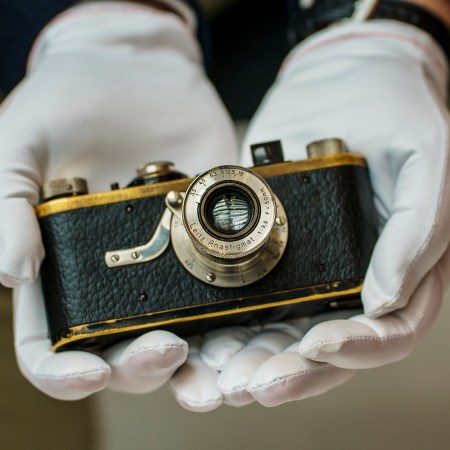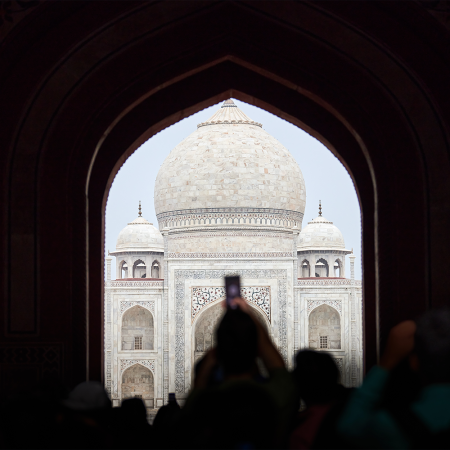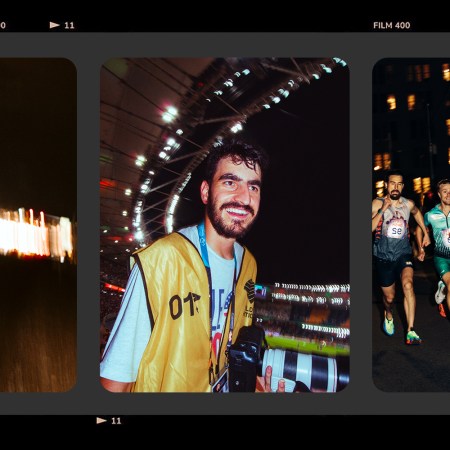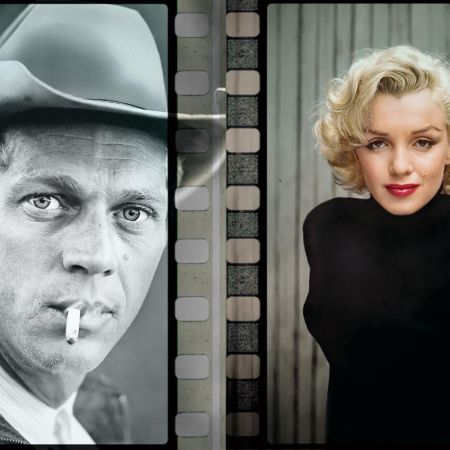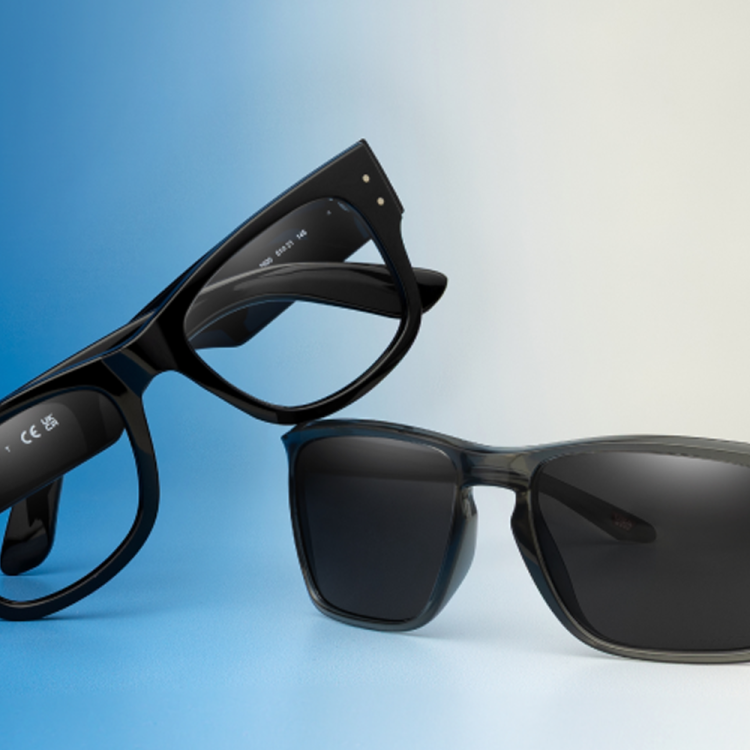(Warning: This post contains a few images that could be considered NSFW)
If you’ve ever admired a picture of Cindy Crawford lounging seductively on the beach, you’ve likely seen Marco Glaviano’s work. The photographer, who recently had a retrospective exhibition at New York’s Space Gallery Soho, and whose influence can be felt in any number of ’80s-inspired photo shoots, created some of the decade’s defining images, helping to anoint models with the “super” prefix. His career includes more than 500 magazine covers, 15 books and ad campaigns for brands like Revlon and Calvin Klein, among many other achievements. He helped define the iconic look of the pouting, tousle-haired ’80s babe with his popular swimsuit calendars for Cindy and Paulina Porizkova, creating stylishly sexy imagery that adorned walls worldwide. Glaviano has been a part of many of fashion’s most fabulous moments, and InsideHook talked to the artist about his impressive, supermodel-filled career.
How do you feel fashion photography has changed? Are you nostalgic for the ’80s?
There is no more fashion photography, simply because there are no more fashion magazines. Everything is on the web. It’s not inherently a bad thing; it has just changed from an illusion of art to brutal merchandising. In the past the industry was selling dreams. Now it’s just marketing. But I don’t have any saudage of the past. We should always look to the future.
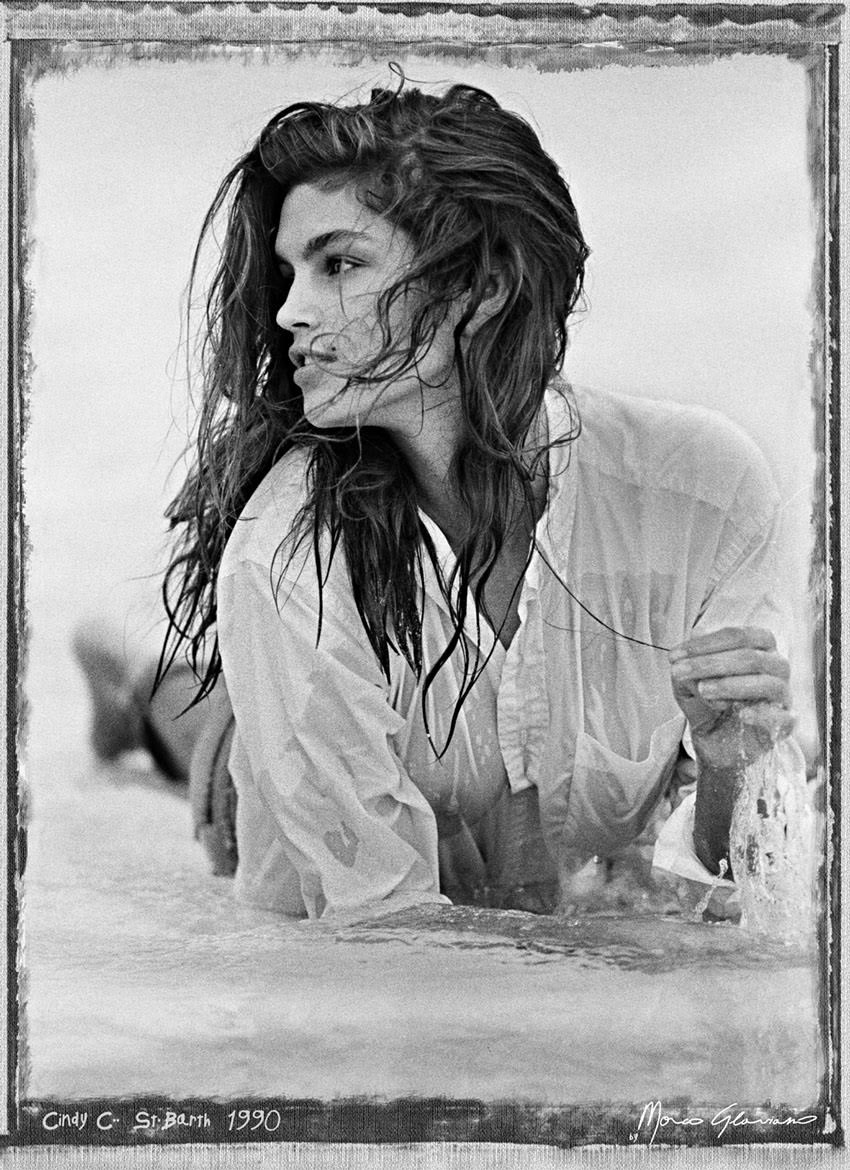
The photographic medium has also changed a lot since you started out. What’s your take on film versus digital?
After spending most of my life in a darkroom I embraced what is clearly a much more advanced technology. Since the invention of photography everybody involved has tried to surpass the limitations of a primitive (and extremely polluting) chemical process. In the ’50s the Hudson River was poisoned mainly from the Kodak plants upriver, not to mention the toxic Polaroid discards. For those who don’t know, photography means painting with light. The media is totally irrelevant.
I understand the allure of the past, especially for young idealistic photographers, but the truth is that 95 percent of all pictures are now taken with a smartphone. I published the first-ever digital picture in American Vogue in 1982 and there is no turning back.
How do you feel about shooting in color versus black and white?
Color is necessary only when it makes a difference. Some pictures don’t need color. It is another useless layer of information that doesn’t add to the overall value of the image and could be distracting. Humans see the world in color. Black and white is abstract, doesn’t really exist in the world as we see it, and strips reality from unnecessary distractions. To be honest, it goes back to the roots of photography, when color was not a possibility. Maybe it is a romantic abstraction that makes us love black and white images.

Why do you think the ’80s was such a fruitful time for models?
It wasn’t just the ’80s but also the 20 previous years. I started my career in the ’60s. Beautiful women were accepted with their curves and all. The Supermodels of the ’80s that I helped create with John Casablancas of Elite were universally admired, more than movie stars.
Then, in a few years, the Beauty Apocalypse!!! We were overwhelmed by the anorexia crowd. I still don’t understand how that happened. Maybe it was the notoriously insecure fashion industry always looking, in their lack of imagination, for something new but at the end always going back to Chanel and Saint Laurent. At the time I was under contract to Harper’s Bazaar and broke my contract when asked to shoot a cover with the new sensation, Kate Moss — a very sweet, nice, cute girl but never a supermodel to me.
I am an old crocodile, yet I understand that everyone is entitled to feel beautiful in their own way, and that is the right thing. But… can’t they let us enjoy the ICONS?
What makes for a truly dynamic model/photographer relationship? Many of your photos of models like Paulina and Cindy are iconic. How much of that quality comes from the model versus the photographer? Or do you feel that it’s an even split?
My relationship with Models (with a big M, very few!) has always been a partnership among equals. We have always created our pictures 50/50 and I will always love and respect them for what they have done for me. There is a fairytale going around that models are stupid. I can assure you that it is not true.
Modeling is a lost art. I took thousands of pictures of famous actresses and they could not do it, some said, “What is my line?” and my answer would be, “Please look into the camera, there is no line!!” MODELS knew how to pierce the lens with their eyes.
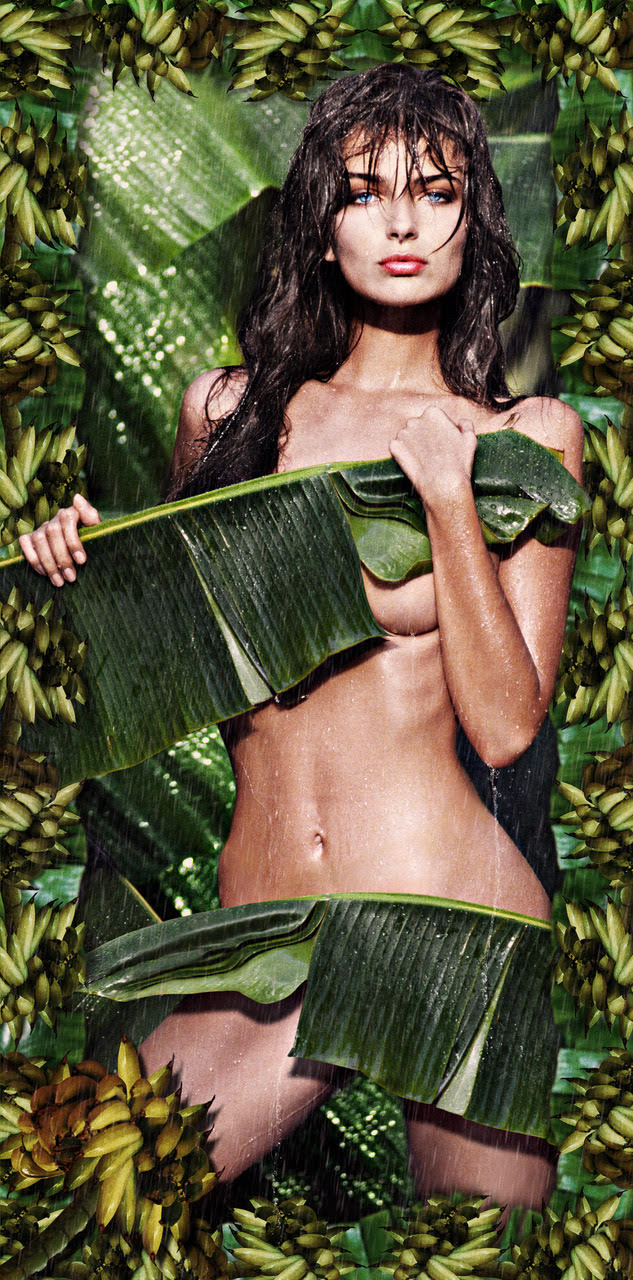
Fashion photography seems like one of the most glamorous jobs from the outside, but what is the most difficult part of this career?
Fashion photography is about selling someone else’s clothes in the most alluring way. There’s very little art in it. I was very lucky to work with Alexander Liberman at American Vogue; he helped me many times when others didn’t appreciate my efforts. Alex was by far the biggest influence in my fashion career, he taught me most of what I know. I miss him sorely. The most difficult part was to deal everyday with people with a narrow focus, on fashion only, but I was lucky to be vaguely accepted into the fashion mafia.
There’s a fun pop art quality to a number of your images. How does humor play into your work?
Humor is essential to social life; people without it are very sad specimens. Too many are trapped in their little fortress of old beliefs and fake rectitude to see the world as it is. Triste!!! Quite sometime ago people called me a “truck driver” photographer… Best compliment I ever had.
This article appeared in an InsideHook newsletter. Sign up for free to get more on travel, wellness, style, drinking, and culture.

